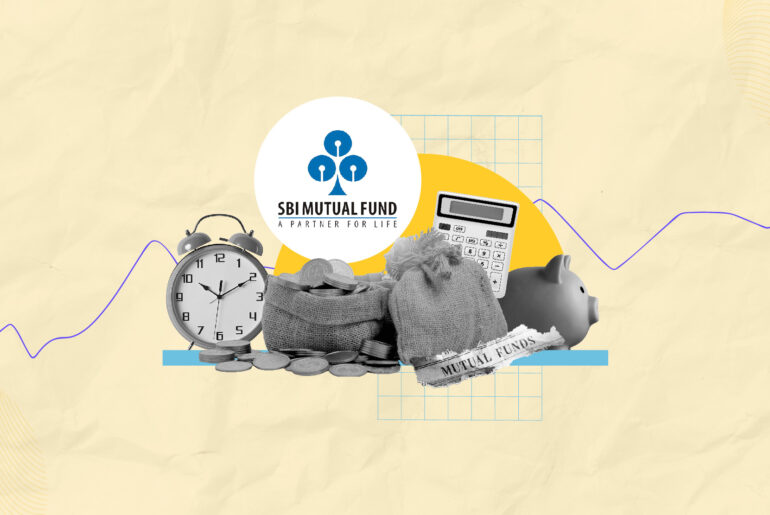Last Updated on Jan 9, 2023 by Aradhana Gotur
A Foreign Portfolio Investment or FPI consists of securities and other assets held by an investor in a country other than their own. An FPI can consist of stocks, bonds, mutual funds or exchange traded funds (ETFs).
Along with Foreign Direct Investment (FDI), FPI is one of the most common ways for an individual to invest in an overseas economy. For most economies, both FDI and FPI are important sources of funding. In this article we deep dive into what FPI is and its various benefits.
Table of Contents
Overview of FPI
Since an FPI is a portfolio investment, it can be compared to a passive investment in the securities of a foreign country done purely with the expectation of earning a return. The investor does not actively manage the investment and has no direct control over the assets. FPI is most commonly used by individual investors who are interested in opportunities outside their country including a foreign country’s stocks, bonds and funds.
An increase in interest shown in a country’s stock market by foreign investors indicates potential for growth for that country. Emerging economies with attractive growth tend to attract more FPIs. In India, FPI is regulated by the Securities and Exchange Board of India (SEBI). FPIs are held either by QFIs (Qualified Foreign Investors) who are usually individuals or FIIs (Foreign Institutional Investors) who are companies or funds.
Difference between FPI and FDI
A Foreign Direct Investment (FD) differs from an FPI because it reflects a direct business interest and investment by a foreign institution. The goal of the FDI is to help the company increase its profits over a long-term period. Besides the investment of funds, an FDI could also include a transfer of resources and knowledge and could also be instrumental in setting up a joint venture or subsidiary in the invested country. FDI is usually more long-term than an FPI and is undertaken by companies or venture capital firms.
FDI is also an active investment where investors help to build the business and make changes in the company to get a return on their investment. The risk in an FDI is much greater and the investment is not liquid and much harder to sell than an FPI.
On the other hand, an FPI is simply an investment into the equity or debt of a foreign country. These investments are on a much smaller scale and are usually for the benefit of individual retail investors. FPIs are also a lot more liquid and can be bought and sold easily.
Types of FPI
SEBI has classified FPIs into two categories:
Category I
This consists of government or government-related investors like central banks and international agencies, asset management companies, banks, insurance firms, pension funds and portfolio managers among others. This category consists of low to moderate risk investors.
Category II
This consists of organisations that don’t fall into the above category like charities, trusts, societies, endowments, individuals, family offices, and so on. These are high-risk investors.
Benefits of FPI
As an investor, the benefit of an FPI is that it gives you an opportunity to invest in a foreign country’s markets, thus expanding your portfolio and taking advantage of opportunities present in that country. This will not only diversify your portfolio but give you the added advantage of profit based on any exchange rate changes. FPIs are also highly liquid, which means you can enter and exit markets easily and quickly move to where there are good opportunities for investment – making quick returns on your investment.
For the country being invested in, FPIs will boost the demand for equity and will increase participation in the country’s stock market.
Risks of FPI
FPIs can be high risk because the economy of a foreign country and the exchange rate between two countries can be volatile and unpredictable leading to exchange risk. Depending on the economic stability and political environment of the country, the investment could shift up and down greatly in a short period of time leading to political risk. Without any direct control or management of the investments, the risk becomes even greater. Thus, proper research into the stock market of the country should be done before any investments are made.
For the country being invested in, FPIs can be risky because they can cause economic disruption if withdrawn by a large number of investors at the same time and can leave the stock market of the country shaky.
A country's stock market can become shakey if a large number of investors withdraw their investment from FPIs. Click To TweetConclusion
A Foreign Portfolio Investment consists of investing in stocks, bonds, mutual funds and ETFs of a foreign country. It allows the investor to diversify their portfolio and take advantage of growth opportunities abroad. These funds are highly liquid but come with risks of exchange rate and political situations.
FPIs differ from FDIs because FDIs are large scale investments in a foreign business with the intention of controlling that business’s operations. FPIs are more suited to the average retail investor, while FDIs are for institutional investors, ultra-high-net-worth individuals, and companies.
- List of Top Overnight Mutual Funds in India for 2025 - Apr 21, 2025
- Income Funds – Meaning, Types & What to Watch Out For - Apr 21, 2025
- Hedge Funds in India: Types, Features, and Benefits - Apr 15, 2025




